13 Dangerous Animals That Actually Live in New Jersey
New Jersey might not strike you as the setting for a wildlife thriller, but don’t let the pizza joints and parkways fool you. Nature’s got its own cast of characters here, and some of them pack more punch than you’d expect. Even everyday creatures can pose a threat if startled, sick, or protecting their turf.
WorldAtlas recently compiled a list of animals that have caused concern across the state, and some of them may surprise you. Spoiler alert: it’s not just snakes and bears.
Northern Copperhead
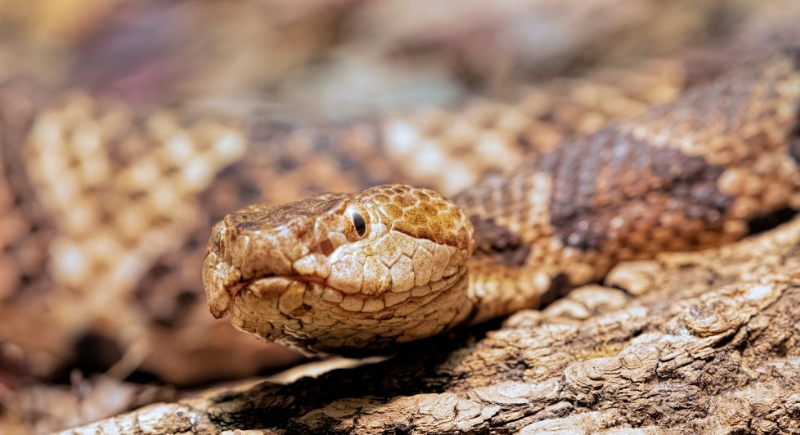
Credit: Canva
Shy by nature, copperheads prefer staying hidden under logs or leaves. But if they’re disturbed or cornered, especially during mating season, they won’t hesitate to defend themselves the only way they know how: with a venomous bite. As one of only two venomous snakes in New Jersey, their bites can be serious. You’re unlikely to meet one, but it’s smart to stay cautious in wooded areas.
Feral Hogs

Credit: Canva
Bet you didn’t expect wild pigs to show up on this list. They’re not Jersey natives, but reports of sightings are creeping up. Feral hogs can be fast, feisty, and flat-out destructive. They wouldn’t mind rooting through crops, wrecking property, and, if threatened, charging like a linebacker. Give them a wide berth if you ever spot one.
American Black Bear
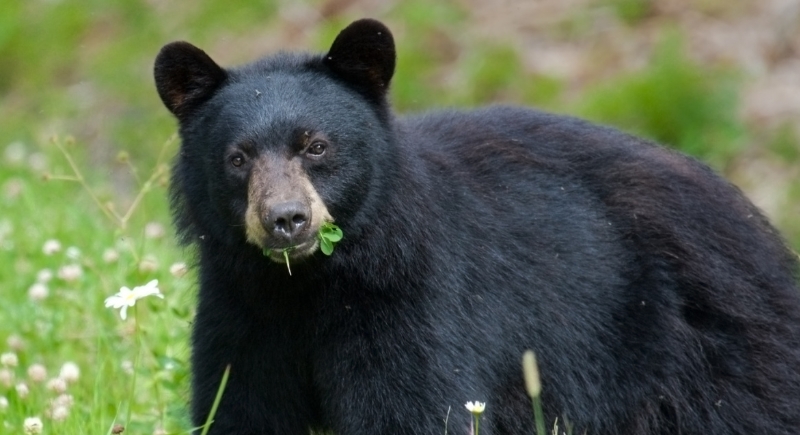
Credit: Getty Images
Most black bears in New Jersey would rather dumpster dive than duel it out with humans. But if you startle one—or worse, get between it and food—you could witness some dramatic bear behavior. The fatal 2014 West Milford encounter was a wake-up call. Around bears, the best move is to stay calm, back away slowly, and never run.
Eastern Yellowjacket Wasps
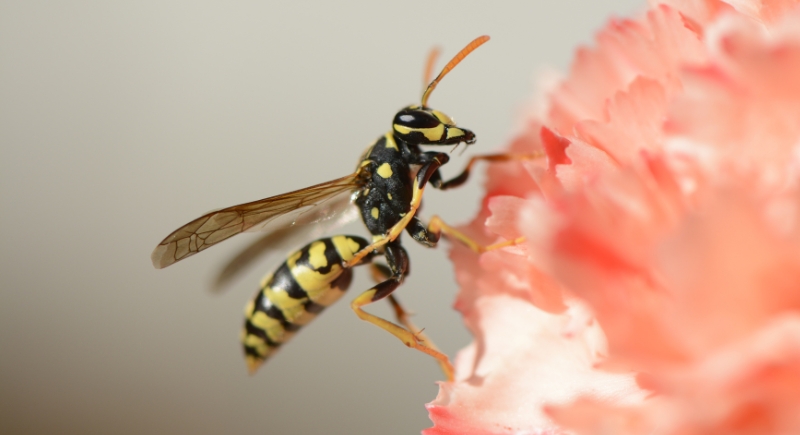
Credit: Getty Images
These wasps are more aggressive than your average bee and tend to nest around human spaces—inside walls, underground, or under eaves. Their stings are painful and can cause allergic reactions in some people. They don’t need much reason to get territorial, and if one feels threatened, expect company.
River Otter
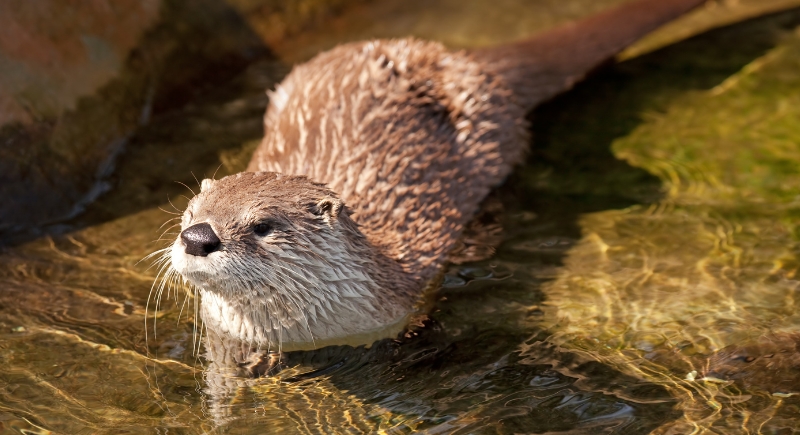
Credit: Getty Images
Although they’re often mistaken as cute and harmless, river otters can lash out if they feel cornered. They’re muscular, fast, and armed with sharp claws. Otters have attacked dogs, and in some rare instances, humans. Rabies transmission is another risk.
Coyote
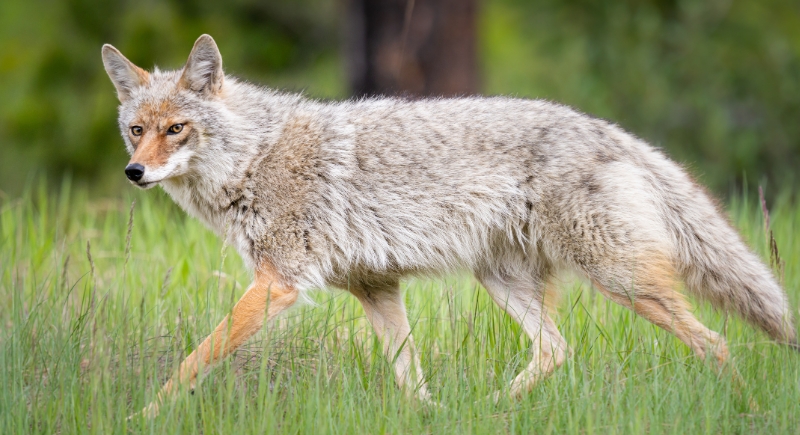
Credit: Getty Images
Coyotes in Jersey are like introverts. They’re around, but they’re not looking to mingle. Still, if one starts following you, growling, or acting a bit too bold, it could be sick or feeling territorial. While rare, coyote incidents do happen, especially with pets. If you’re out walking your dog at dawn or dusk, keep a sharp eye.
Bobcat

Credit: Getty Images
Stealth is the bobcat’s superpower. They’re secretive, solitary, and almost never seen. But when something’s off, like illness or rabies, that secretive streak breaks, and the claws come out. They’re fast climbers and stronger than they look, so they can take on small animals with ease.
White-Tailed Deer
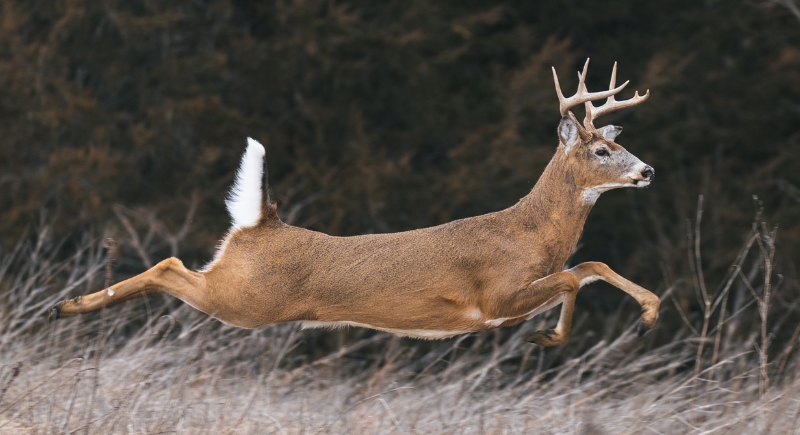
Credit: pixabay
Sure, they look innocent enough, bounding across a meadow. But New Jersey’s deer are responsible for more injuries than you might guess, not through fangs or fury, but bumpers and windshields. Vehicle collisions spike in the fall when they’re on the move. And during rutting season, bucks can get aggressive, even toward people.
Timber Rattlesnake
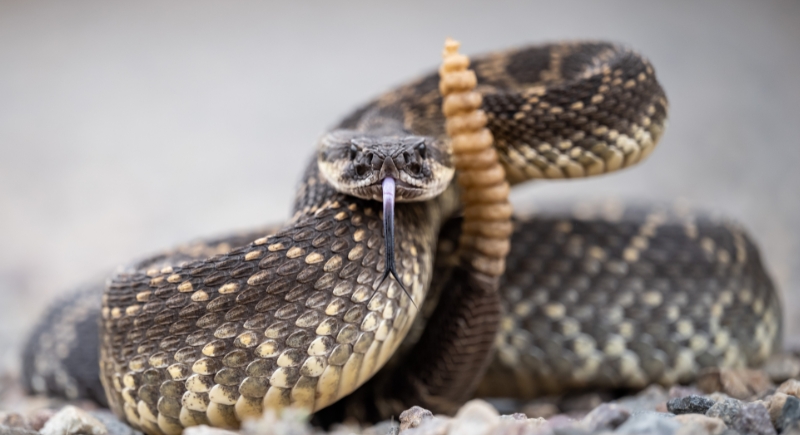
Credit: Getty Images
No, you’re not likely to find one slithering through your neighborhood, but head into remote, rocky forests, and you might cross paths with this reclusive reptile. Unlike its copperhead cousin, the timber rattlesnake does give you a warning: that unmistakable tail rattle. It’s a “leave me alone” signal.
Striped Skunk
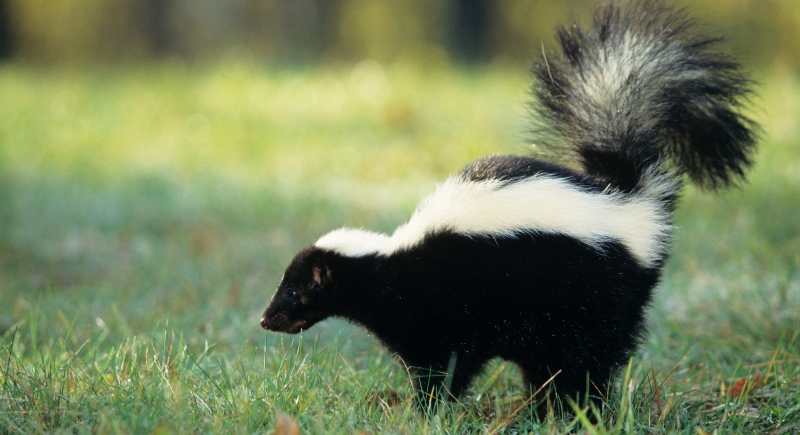
Credit: Photo Images
It’s not just about the smell, though let’s be honest, that’s bad enough. Striped skunks are surprisingly gutsy when cornered, and they’re known carriers of rabies. A skunk that stumbles toward you in broad daylight or seems oddly social could be in trouble and a danger to you.
Raccoon
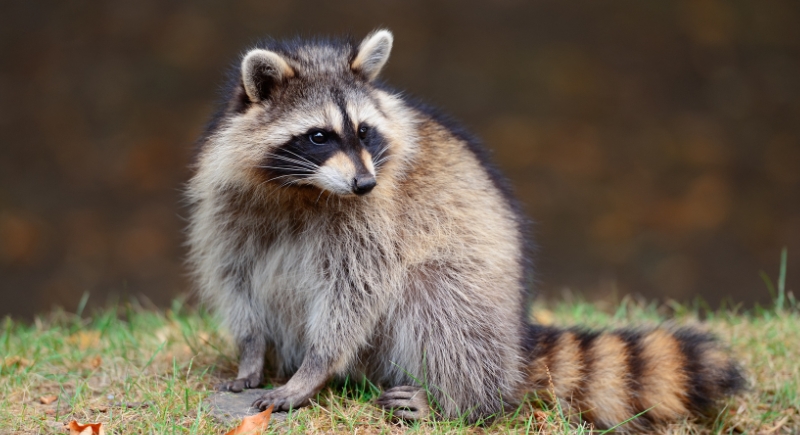
Credit: Getty Images
Raccoons are backyard regulars across New Jersey. But when one starts wobbling during daylight or acting overly friendly, that cuteness turns into concern. Rabies is the main issue, though even healthy raccoons can bite if cornered. If you’re tempted to rescue a “friendly” one from your trash can, don’t. Call for help instead.
Red Fox

Credit: Getty Images
Though not as infamous as coyotes, red foxes are still capable of aggression, especially when rabid or feeling boxed in. They have been known to attack smaller pets or wander into yards. Keeping your distance is the best option when one appears unusually bold.
Great Horned Owl

Credit: Canva
These big-eyed beauties might seem like wise, silent creatures—but get too close to their nest during breeding season, and you might discover they’re more warrior than wizard. Their talons are sharp enough to pierce thick fabric, and their wingspan makes an impression. They’ve even been known to divebomb unsuspecting hikers or dog walkers.
Brown Recluse Spider

Credit: Getty Images
Though not officially native to New Jersey, sporadic sightings of brown recluses have been documented. Their bites are rarely fatal but can lead to necrotic skin wounds if left untreated. They prefer dark, undisturbed corners of sheds and basements, so caution is advised during deep cleaning or storage runs.
Snapping Turtle

Credit: Getty Images
These ancient-looking reptiles are usually spotted near ponds and lakes, but they’ve been seen crossing roads or even showing up in backyards. Their bite is fast and powerful enough to injure fingers or toes. Most people get too close trying to move them. But it’s best to let wildlife experts handle it.